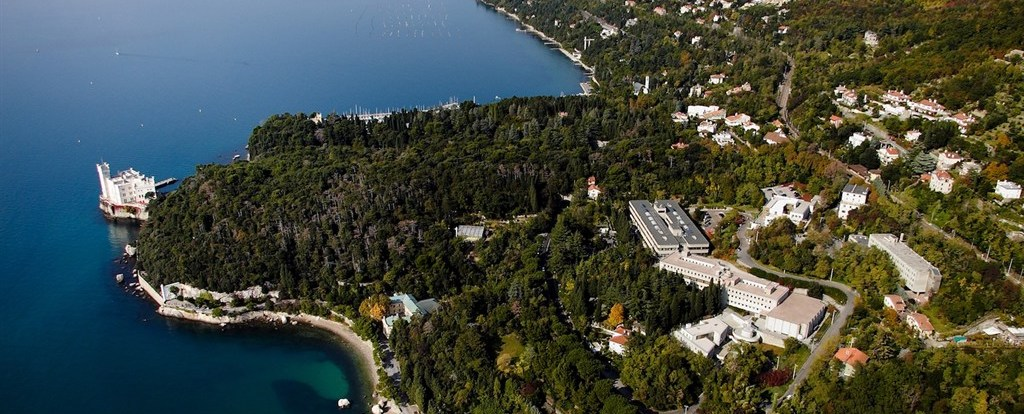Speaker
Description
Around one third of the point-like sources in the Fermi-LAT catalogs remain as unidentified sources (unIDs) today. Indeed, these unIDs lack a clear, univocal association with a known astrophysical source. If dark matter (DM) is composed of weakly interacting massive particles (WIMPs), there is the exciting possibility that some of these unIDs may actually be DM sources, emitting gamma rays from WIMPs annihilation. We propose a new approach to solve the standard, Machine Learning (ML) binary classification problem of disentangling prospective DM sources (simulated data) from astrophysical sources (observed data) among the unIDs of the 4FGL Fermi-LAT catalogue. Concretely, we artificially build two {\it systematic} features for the DM data which are originally inherent to observed data: the detection significance and the uncertainty on the spectral curvature. We do it by sampling from the observed population of unIDs, assuming that the DM distributions would, if any, follow the latter. We consider different ML models: Logistic Regression, Neural Network (NN), Naive Bayes and Gaussian Process, out of which the best, in terms of classification accuracy, is the NN, achieving around 93\% performance. Applying the NN to the unIDs sample, we find that the degeneracy between some astrophysical and DM sources can be partially solved within this methodology. Nonetheless, we conclude that there are no DM source candidates among the pool of 4FGL Fermi-LAT unIDs.

